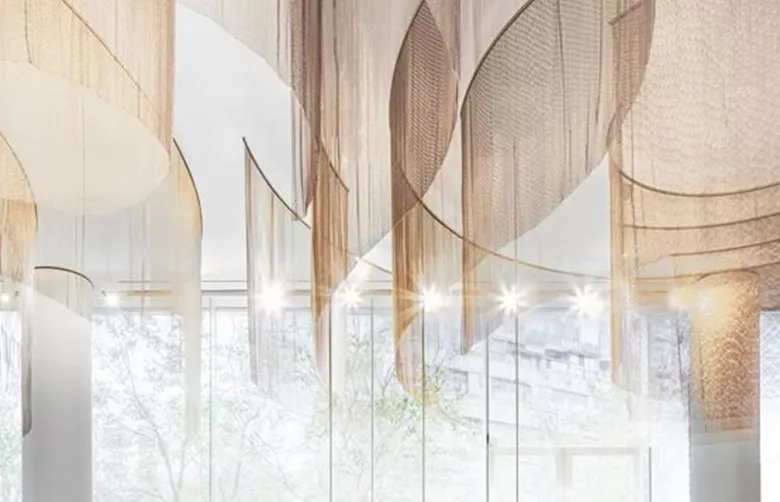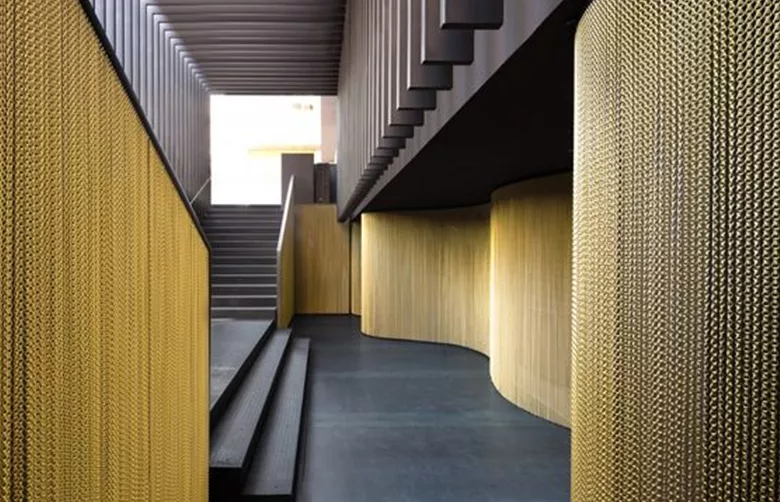-
About UsProductsCustomized SolutionProjectGalleryNews
Effect of Textile woven mesh on Clothing Comfort and Performance
Release time: September 08, 2023Textile woven mesh is formed by interweaving warp and weft yarns on a loom. Different weaving techniques, such as plain weave, twill weave, satin weave, etc. will form meshes with different structures and properties. These different weave structures affect the comfort and performance of the garment. For example, the plain weave has a tighter structure, better wear resistance and strength, and is often used to make the upper of sports shoes; while the twill weave has a relatively loose structure and higher softness, and is often used to make casual clothes or outdoor clothes. fabric.
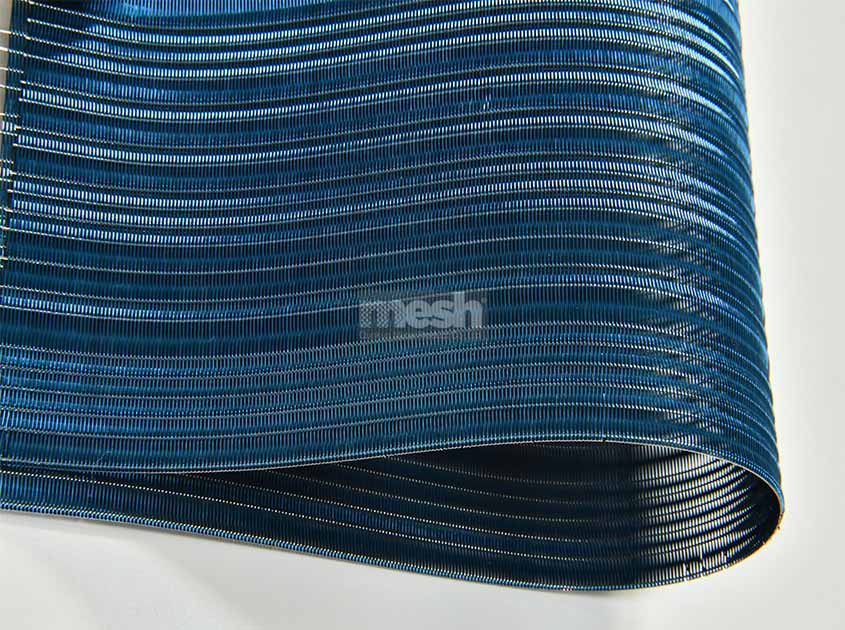
The yarn quality of Textile woven mesh also has an important influence on the comfort and performance of clothing. High-quality yarns have better softness, moisture absorption and breathability, which can improve the comfort and functionality of clothing. For example, cotton yarn has strong hygroscopicity and good air permeability, and is often used to make summer clothing; while polyester yarn has good abrasion resistance and wrinkle resistance, and is often used to make formal clothing such as suits.
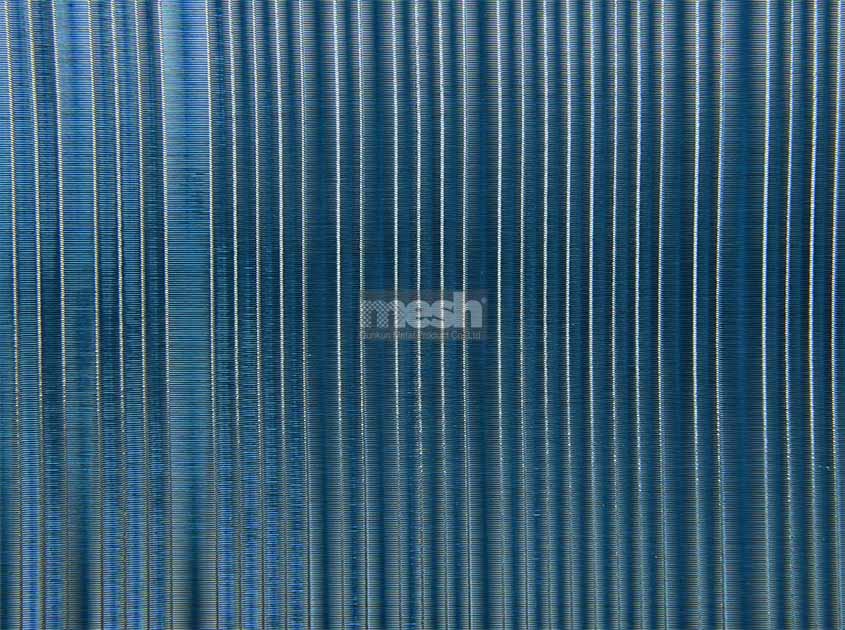
Textile woven mesh density refers to the number of warp and weft yarns per square inch of woven fabric. The higher the weave density and the tighter the weave, the better its breathability, abrasion resistance and strength. However, excessive weaving density will cause the garment to be too heavy and lack softness and comfort. Therefore, there is a trade-off between comfort and performance needs when choosing the right weave density.
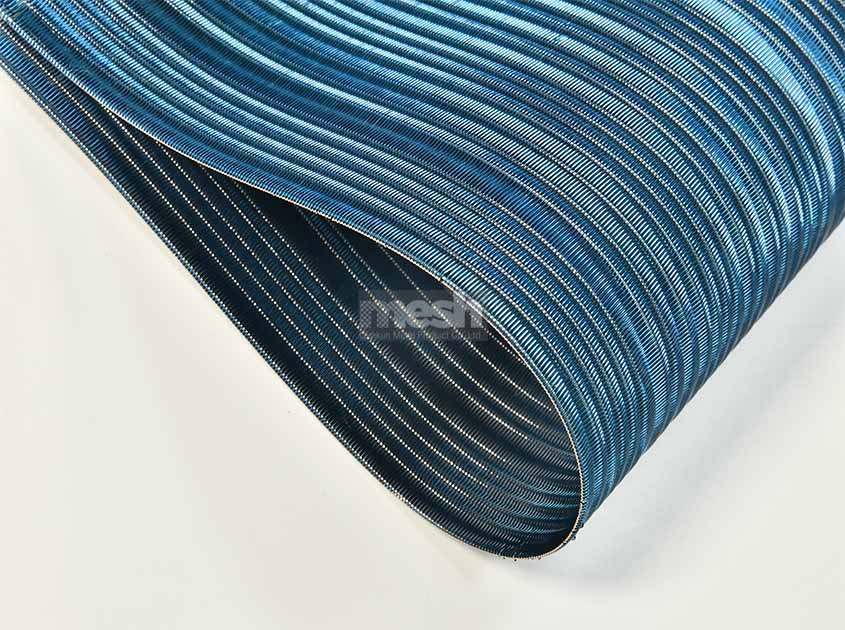
Textile woven mesh color not only affects the aesthetics of a garment, but also its comfort and performance. Different colors have different light absorption, warmth and stain resistance, which affect the performance of clothing in different environments. For example, dark-colored fabrics have strong light absorption and can absorb sunlight, which is suitable for wearing in hot summer; while light-colored fabrics reflect sunlight and have better coolness, which is suitable for wearing in cold winters.
In summary, textile woven meshes have a significant impact on garment comfort and performance. In the process of clothing design and production, it is necessary to fully consider various factors such as Textile woven mesh technology, yarn quality, Textile woven mesh density and Textile woven mesh color, in order to achieve the best clothing comfort and performance.
Recommended News



